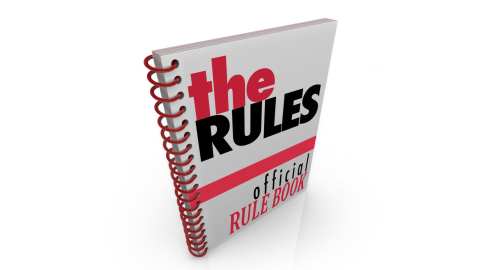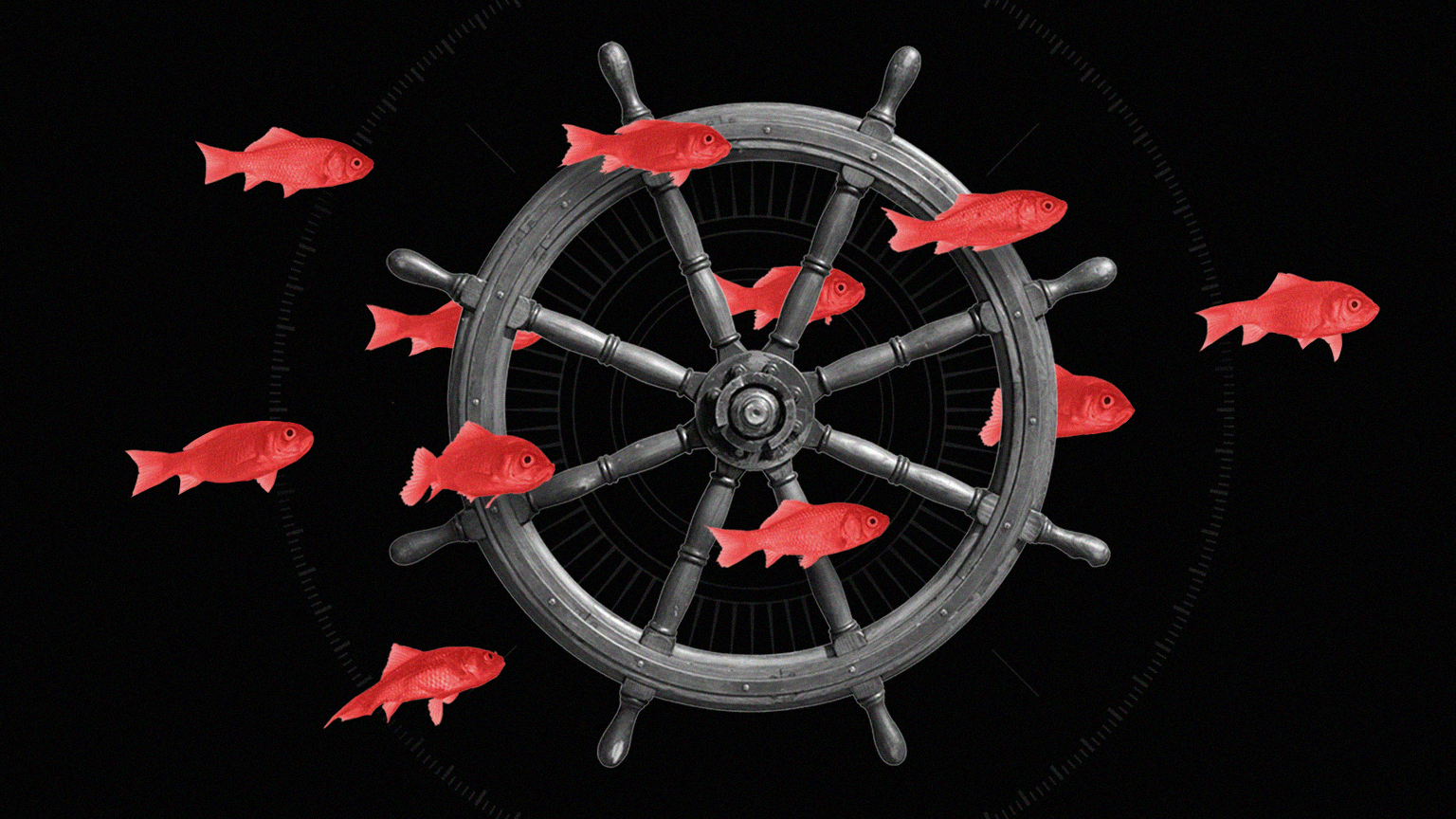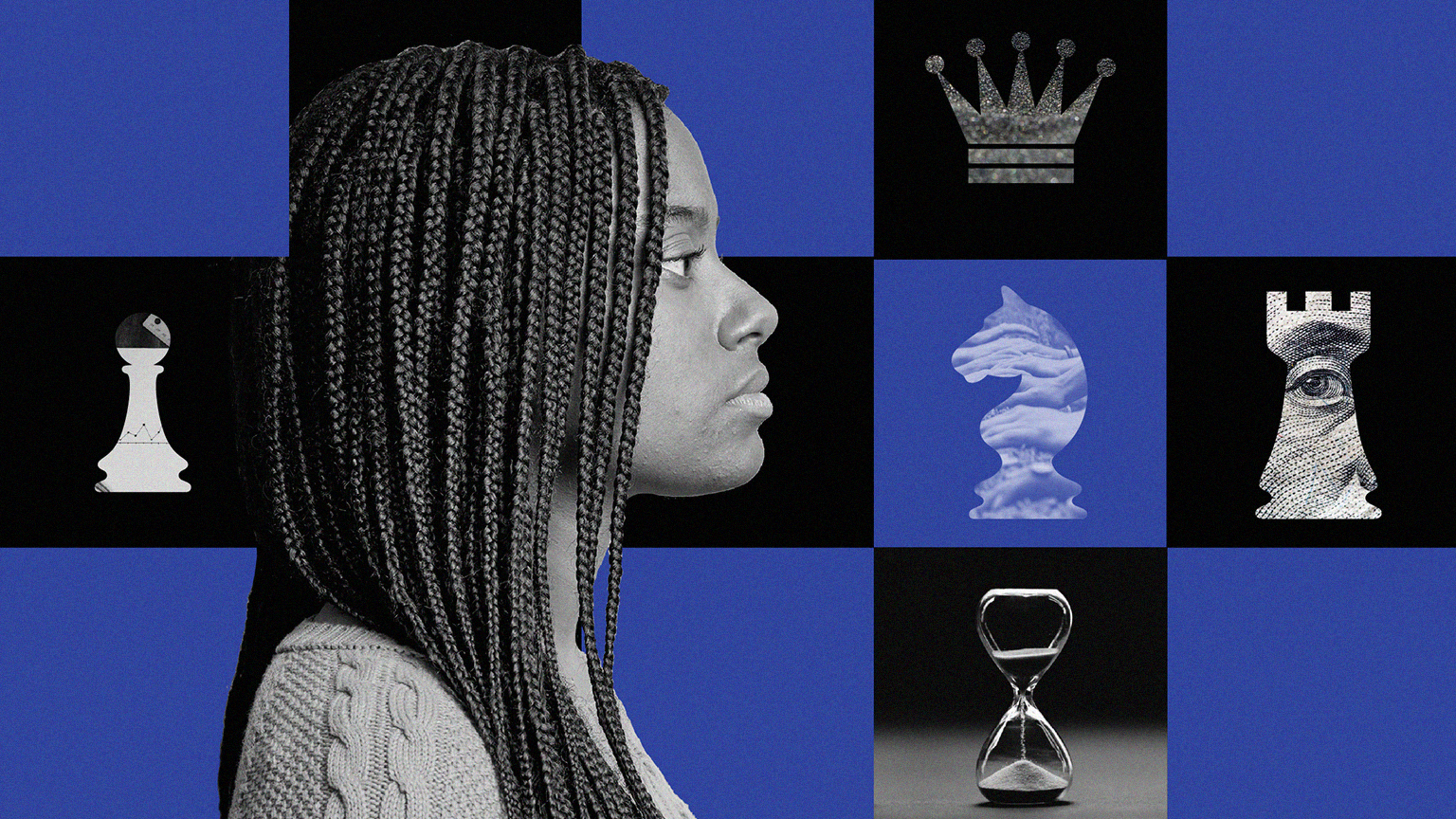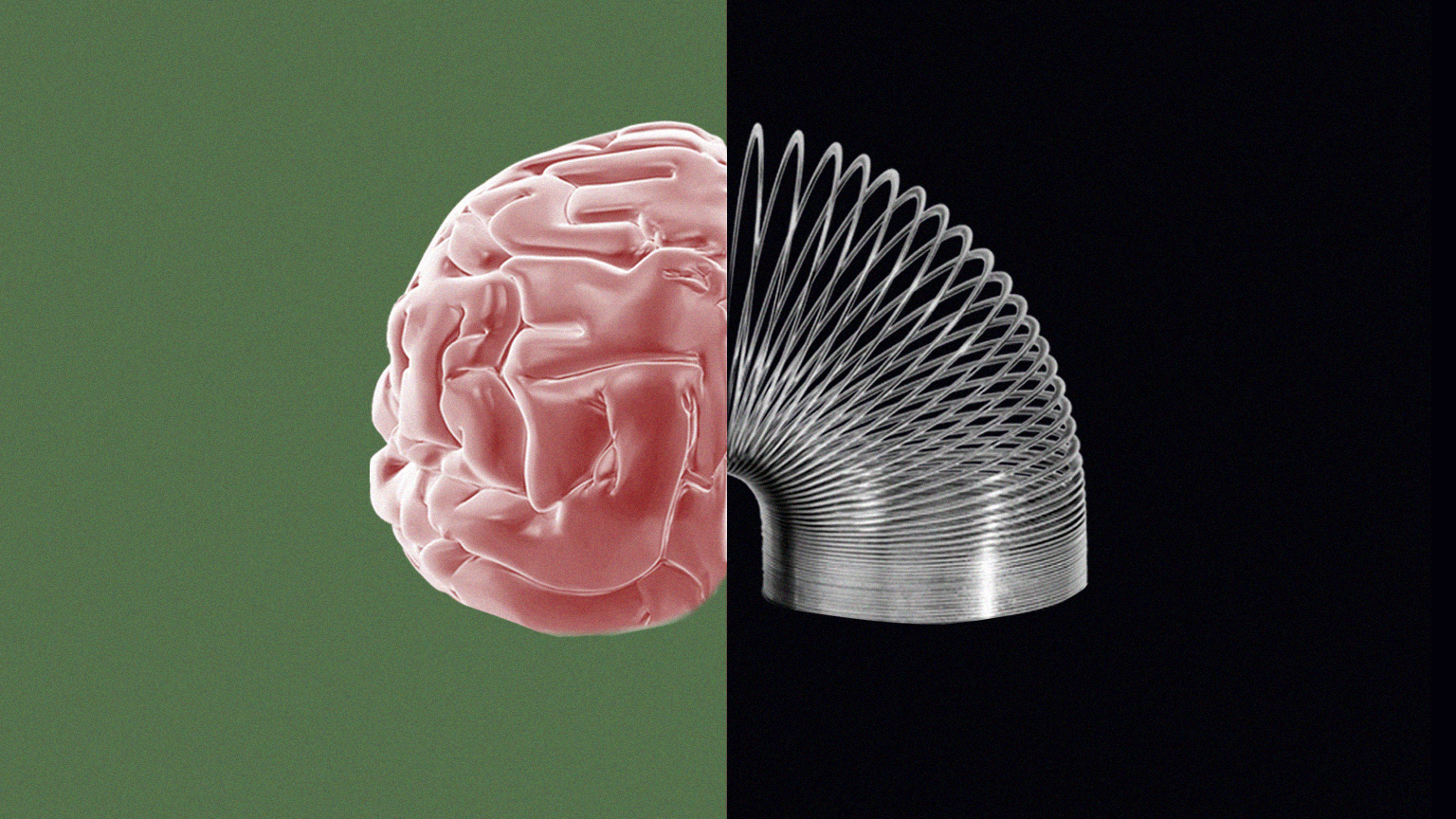Creativity vs. Order: A psychology lesson to elevate your management game

Cultural psychologist Michele Gelfand says that our attitudes toward rules have a lot to do with who we are and with the type of environment we find most comfortable. She’s the author of “Rule Makers, Rule Breakers.” In her Big Think+ video “Raising Cultural Intelligence: Recognize the Essential Features of ‘Tight’ and ‘Loose’ Cultures,” Gelfand talks about how our level of respect for rules provides an intriguing lens through which we can see ourselves and those around us — including those we encounter in a diverse workforce — a bit better.
Tight vs. Loose
While all of us live by rules every day — we’re likely to leave through a door and merely look out a window, for example, as opposed to the other way around — we tend to largely land in one of two camps:
- Tight — A culture in which rules are taken very seriously, with the expectation that they’re to be strictly followed.
- Loose — A culture in which rules are taken less seriously, where it’s expected that the individual has a degree of improvisational latitude when it comes to rules.
Gelfand notes that most of us are somewhere on the continuum between these two opposite positions.
Which way is better? Both.
The main difference between tight and loose cultures lies in a trade-off between order and openness.
In a tight culture, order reigns. Its members are focused on preventing mistakes and have ample impulse control. Gelfand summarizes the attitude as, “We like structure. We don’t like ambiguity.” There’s a regulation of individuals’ behavior, so there’s less crime. Strong self-regulation mean less debt, obesity, and alcoholism. On the downside, people in a tight system forsake some measure of freedom in exchange for predictability, functionality, and synchronization. “Even stock markets are more synchronized in tight cultures,” she notes.
Gelfand describes the members of a loose culture as “people who are more adventurous, more risk-taking, not as concerned about making mistakes, and who embrace — to some extent — disorder.” The culture is characterized by an abundance of creative thinking and is artist-friendly. There’s also less discrimination and a greater acceptance of the different. However, the disadvantage, reports Gelfand, is that loose cultures are “more disorganized, they have less synchrony, and they have more self-regulation failures.” They also have more of a problem with crime.
Gelfand offers a great pair of comparisons that illustrate the difference. She says “loose states are rated as very fun, and tight states are rated as quasi-boring.” On the other hand, “tight states are very polite, whereas loose states tend to be rated as very rude.”
Why do these opposing views occur?
“One thing,” says Gelfand, “that really predicts whether groups are tight or loose is the amount of threat that they face.” A threat could be anything, from natural disasters to war to poverty. “So when there’s threat, there’s the need for strong rules to coordinate to survive.” A looser culture, though, arises when there’s room for the kind of unpredictability that less rule-obedience allows.
Supporting that statement is research Gelfand cites in her second Raising Cultural Intelligence video for Big Think+, “Understand Different Populations Using the Tight-Loose Lens.” It shows lower economic classes — people more concerned about survival — as being drawn to a tight perspective, while the middle and upper classes tend to feel safe enough to be less risk-averse, and therefore looser.




